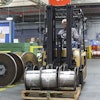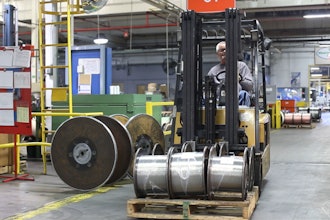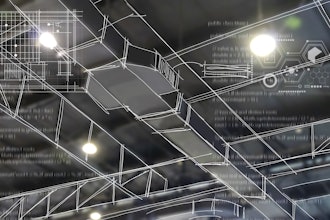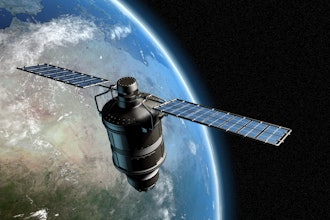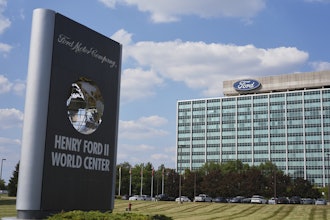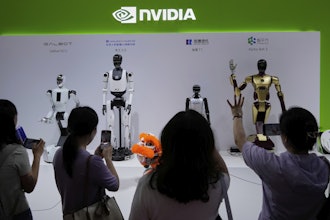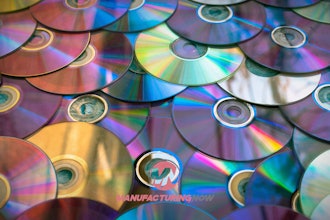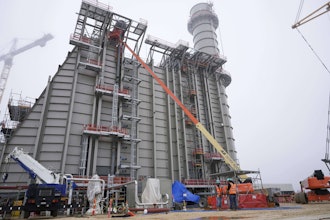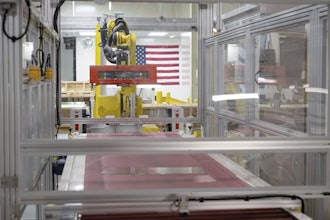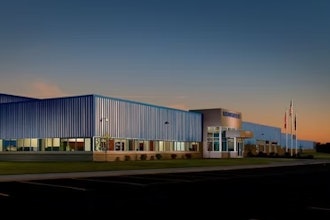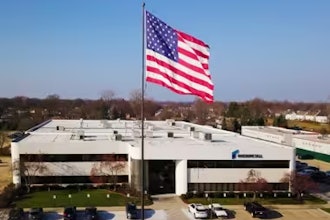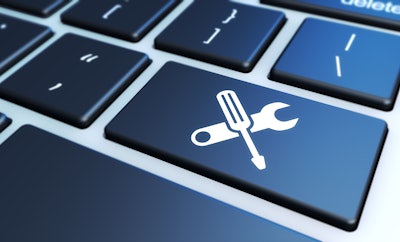
In an increasingly interconnected and digital world, maintenance management is undergoing a transformative shift. The convergence of the Internet of Things (IoT) and Artificial Intelligence (AI) is profoundly influencing Computerized Maintenance Management Systems (CMMS) software and revolutionizing the approach of maintenance teams.
This blog aims to delve into how these technologies are reshaping maintenance management and the numerous benefits they offer to organizations. By exploring the synergistic potential of IoT and AI, we can gain insights into the transformative power they bring to the field of maintenance management.
The Impact of IoT & AI
One of the profound impacts of IoT lies in its transformative effect on maintenance practices. Real-time monitoring of equipment and assets has become possible through IoT, revolutionizing traditional maintenance approaches. IoT devices, particularly sensors, play a pivotal role in providing crucial insights into the health and performance of assets. By collecting and analyzing data, maintenance teams can proactively address emerging issues before they escalate into major problems.
This proactive approach not only minimizes downtime and reduces maintenance costs but also enhances the overall reliability and efficiency of the equipment.
The impact of AI has been extended to the world of Computerized Maintenance Management System (CMMS) software development. AI algorithms have the capability to analyze the substantial volumes of data produced by Internet of Things (IoT) devices, enabling maintenance teams to identify patterns, trends, and anticipate potential issues. This predictive capability enhances maintenance practices by proactively addressing maintenance needs.
Furthermore, AI can automate repetitive tasks within maintenance operations, allowing maintenance staff to allocate their time and energy towards more critical and complex assignments. This optimization of resources facilitates improved efficiency and effectiveness in overall maintenance processes.
The Benefits of Integration
Integrating IoT (Internet of Things) and AI (Artificial Intelligence) into CMMS (Computerized Maintenance Management System) software brings forth numerous benefits:
- Predictive Maintenance: By leveraging IoT and AI, CMMS software can analyze data to predict maintenance needs for equipment. This proactive approach helps prevent equipment failures and enhances the efficiency of maintenance processes.
- Automated Maintenance Scheduling: AI algorithms can automatically schedule maintenance tasks based on equipment performance and usage data. This automation relieves maintenance teams of manual scheduling efforts, enabling them to focus on other important tasks.
- Improved Equipment Monitoring: IoT devices capture real-time data on equipment performance and usage. This information equips maintenance teams with valuable insights, empowering them to make informed decisions about maintenance activities.
- Real-Time Equipment Status Updates: IoT devices provide real-time updates on equipment status, enabling maintenance teams to swiftly respond to equipment failures or issues. This timely information ensures prompt action and reduces downtime.
- Improved Asset Management: IoT and AI integration facilitates effective tracking and management of assets within the CMMS. This capability helps mitigate the risks of lost or stolen equipment, enhancing overall asset control and accountability.
By harnessing the power of IoT and AI, CMMS software becomes a powerful tool that enables:
- Predictive Maintenance
- Automated Scheduling
- Enhanced Equipment Monitoring
- Real-time Updates
- Improved Asset Management
This ultimately helps optimize maintenance operations and improves overall organizational efficiency.
The Future of Maintenance Management
The incorporation of IoT and AI into CMMS software marks a significant milestone, but it is only the initial step in the ongoing evolution of maintenance management practices. The future holds promising advancements that will revolutionize the approach of maintenance teams.
One such advancement involves machine learning algorithms leveraging equipment performance and usage data, enabling more precise predictive maintenance capabilities. By continuously learning from this data, the algorithms can enhance accuracy and optimize maintenance schedules.
Furthermore, the integration of augmented reality (AR) and virtual reality (VR) technologies presents exciting possibilities. These technologies have the potential to enable maintenance teams to perform remote maintenance tasks, eliminating the need for extensive travel and on-site visits. With AR and VR, technicians can access real-time information and guidance, overlaying digital instructions onto physical equipment, enhancing troubleshooting and repair processes.
The integration of IoT and AI into CMMS software has made maintenance management more efficient and effective than ever before. With real-time data analysis and predictive maintenance capabilities, organizations can proactively address issues before they become costly problems.
The potential benefits of this technology are endless, from reducing downtime to increasing overall equipment effectiveness. It's clear that IoT and AI are transforming the way we approach maintenance management, and those who embrace these advancements will undoubtedly reap the rewards. So why not take advantage of these technologies today? Start exploring your options for IoT-enabled CMMS software and see how it can revolutionize your maintenance operations!
Lindsey Walker is the marketing manager for NEXGEN, a Sacramento-based industry leader in designing advanced computerized maintenance management systems and asset management software tools for utilities, facilities, public works, manufacturing, and fleet industries.


